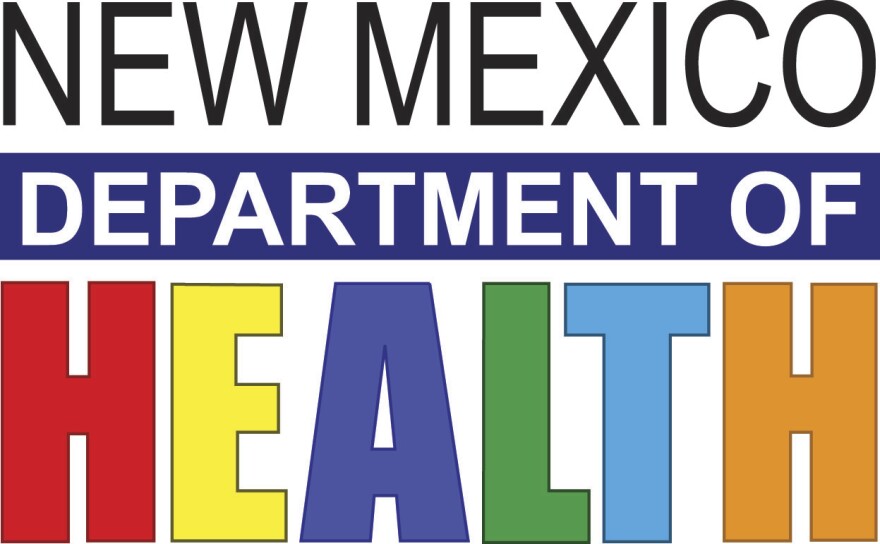High cholesterol is one of those things that if we don’t get regularly tested, we won’t know it’s a problem. You and I could be feeling just fine – and unknowingly be headed for health trouble.
It’s why September is labeled National Cholesterol Education Month. It’s our time at the New Mexico Department of Health to share with you information we hope will add years to your life.
High cholesterol is one of the main risk factors for heart disease and stroke—both of which are among the leading causes of death in both New Mexico and the United States. One way to prevent these diseases is to detect high cholesterol and treat it when it is found.
The Centers for Disease Control and Prevention (CDC) estimates 71 million American adults have high cholesterol, but only one-third of them have the condition under control.
One thing that’s important for you to know is cholesterol isn’t all bad. In fact, your body needs it to function properly, but like many things in life it can become too much of a good thing. It ends up building up on the walls of your arteries, forming blockages, and leading to a stroke or a heart attack.
There are two separate kinds of cholesterol: high-density lipoprotein (HDL) and low-density lipoprotein (LDL). HDL is also called "good" cholesterol. LDL is called "bad" cholesterol. When doctors tell you to watch out for high cholesterol, they’re talking about "bad" LDL cholesterol.
It’s important to get regularly screened to assure you don’t have high cholesterol. High cholesterol does not have symptoms, but your doctor can order a simple blood test to check your cholesterol level and get you the answers you need.
The National Cholesterol Education Program recommends that adults aged 20 years or older have their cholesterol checked every five years, but you may have to have it checked more often if your total cholesterol is 200 mg/dL or higher, you’re older than age 45 (for men) or older than age 50 (for women), or you have other risk factors for heart disease and stroke.
So how do you prevent high cholesterol or treat it once you get it? The New Mexico Department of Health and the CDC say it often comes down to these important lifestyle changes:
- Eating a healthy diet. Avoid saturated fats and trans fats, which tend to raise cholesterol levels. Other types of fats, such as polyunsaturated fats, can actually lower blood cholesterol levels. Eating fiber also can help lower cholesterol.
- Exercising regularly. Physical activity helps lower cholesterol. The Surgeon General recommends that adults engage in moderate-intensity exercise for 2 hours and 30 minutes every week.
- Maintaining a healthy weight. Being overweight or obese can raise your cholesterol levels. Losing weight can help lower your cholesterol.
- Not smoking. If you smoke, quit as soon as possible.
It may sound dramatic, but it’s true: making these changes can be the difference between life and death. Talk to your doctor, get tested and know your cholesterol levels. For more information on National Cholesterol Education Month, visit http://www.cdc.gov/cholesterol/cholesterol_education_month.htm


